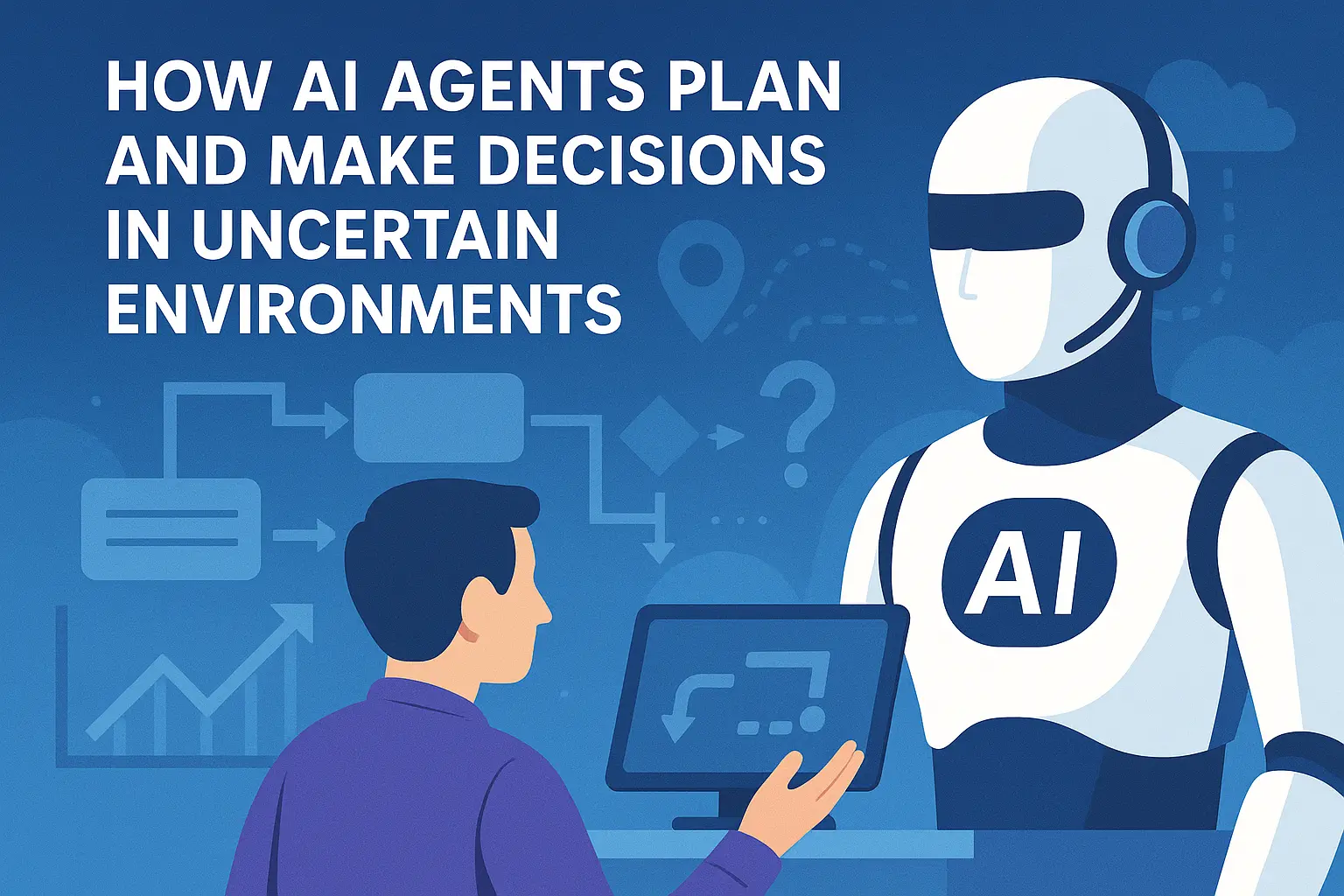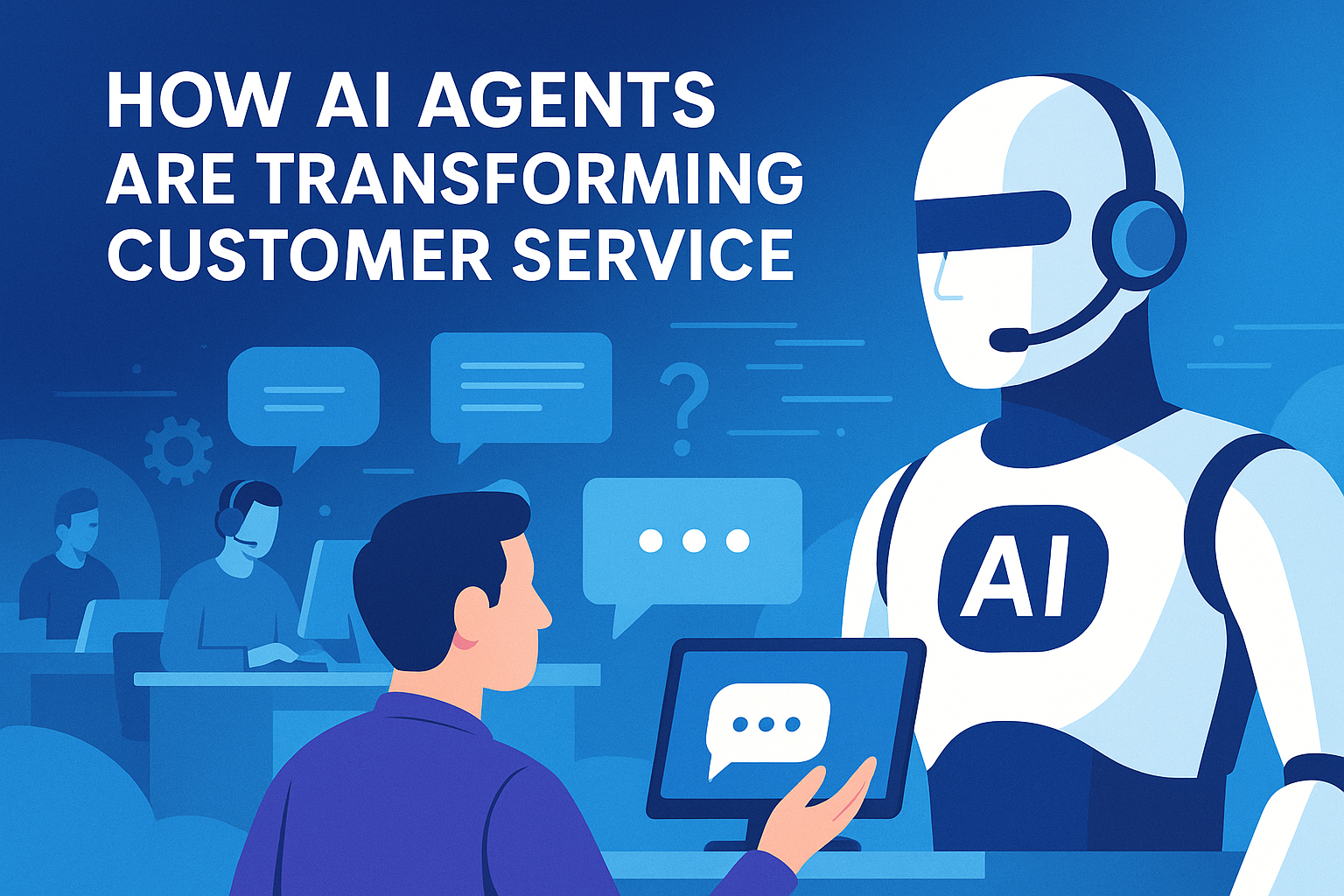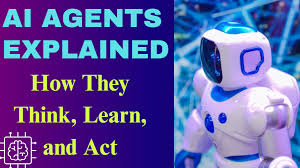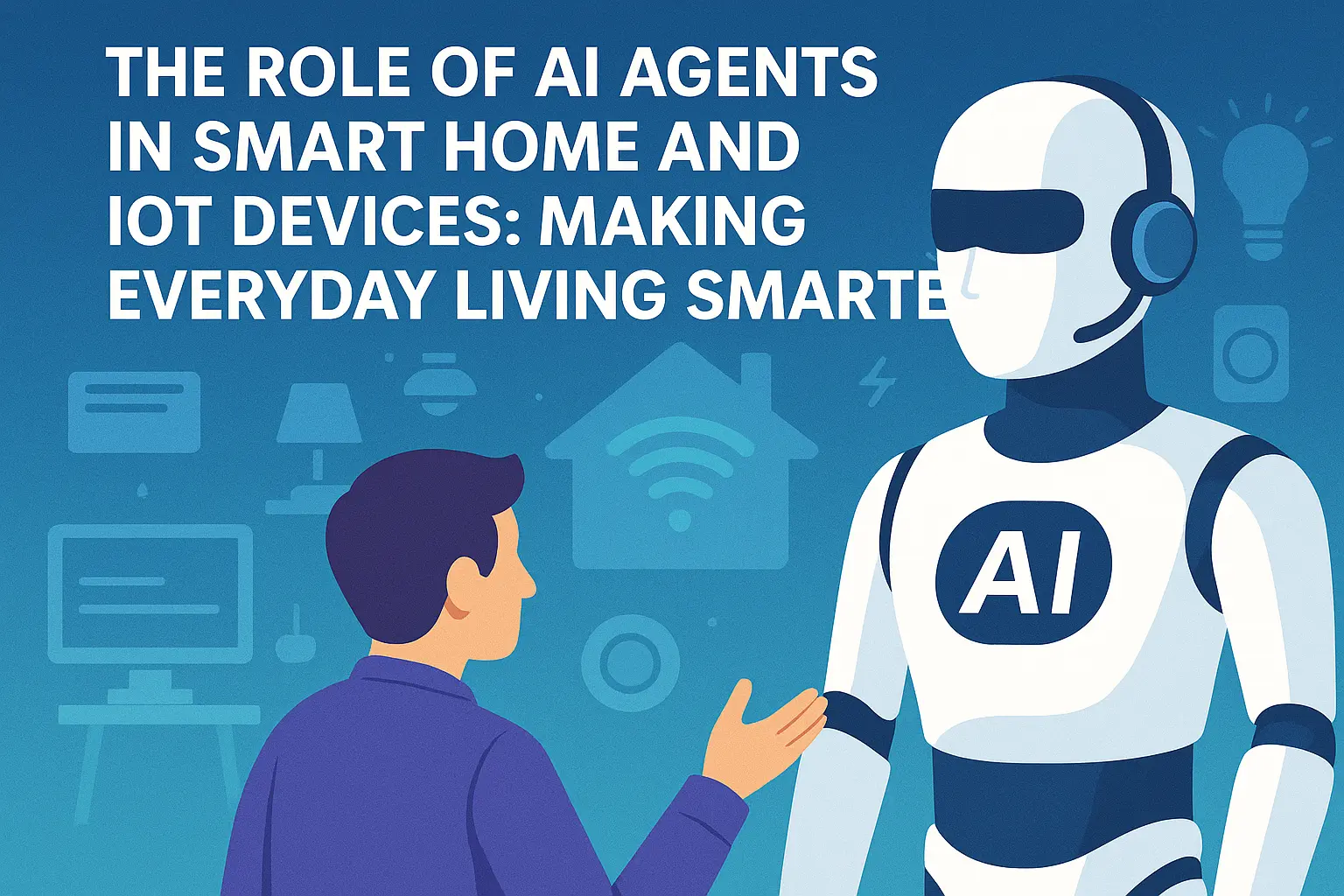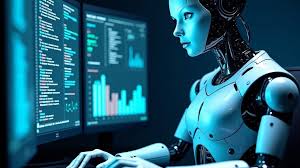In the ever-evolving landscape of artificial intelligence, one of the most fascinating and impactful challenges is enabling AI agents to operate effectively in uncertain environments. Unlike structured systems where every action has a predictable outcome, real-world environments are dynamic, incomplete, and often unpredictable. So, how do AI agents navigate these complexities to make smart decisions?
Let’s explore how AI agents are designed to handle uncertainty and make intelligent, goal-driven decisions.
What Are Uncertain Environments?
Uncertain environments are scenarios where the AI agent does not have complete knowledge about:
- The current state of the world (due to partial or noisy data)
- The outcomes of its actions (due to randomness or complexity)
- The intentions of other agents or humans involved
Examples include self-driving cars navigating in traffic, robots working alongside humans, AI in financial trading, or virtual assistants processing ambiguous user commands.
Key Concepts in AI Decision-Making Under Uncertainty
1. Perception and Belief States
AI agents rely on sensors and data to perceive the environment. However, these perceptions are often incomplete or noisy. To manage this, agents build a belief state—a probabilistic representation of what the agent thinks the world looks like.
For example, a delivery drone may not know the exact weather conditions ahead but estimates them based on recent data.
2. Decision-Theoretic Planning
To plan effectively, AI agents use decision theory—a mathematical framework that considers possible actions, their outcomes, and the probability of those outcomes.
Components:
- Actions: Choices the agent can make
- States: Possible situations the agent might be in
- Transition models: How actions change the state
- Rewards: Values associated with outcomes
- Policies: Rules that guide actions based on states
Common Techniques for Planning in Uncertain Environments
1. Markov Decision Processes (MDPs)
An MDP models decision-making when outcomes are partly random and partly under control. It assumes that the future state depends only on the current state and action (Markov property).
Used in: Robotics, game-playing AI, path planning.
2. Partially Observable MDPs (POMDPs)
When an agent cannot fully observe the current state, it uses a POMDP framework, maintaining a belief distribution over all possible states.
Used in: Healthcare diagnosis, autonomous navigation.
3. Bayesian Inference
Bayesian models allow agents to update their beliefs as they receive new evidence. This makes them more adaptive in dynamic environments.
Used in: Spam detection, recommendation engines, speech recognition.
Real-Life Applications
🌐 Autonomous Vehicles
Cars must make real-time decisions based on incomplete data from sensors. AI uses probabilistic models to infer the position of pedestrians and vehicles.
🏥 Healthcare AI
AI systems diagnose diseases based on symptoms, lab reports, and historical data—often making recommendations with a degree of confidence, not certainty.
🤖 Robotics
Robots working in homes or warehouses plan tasks with imperfect knowledge of their surroundings and adjust actions as new data is received.
Challenges in Decision-Making Under Uncertainty
- Computational Complexity: Algorithms like POMDPs can be mathematically intensive.
- Ambiguous Data: Noisy or conflicting information can lead to poor decisions.
- Scalability: Real-world applications require handling vast states and actions.
- Safety and Ethics: Incorrect decisions in high-stakes environments (e.g., medicine, transport) can have serious consequences.
The Future of AI in Uncertain Worlds
As computing power grows and data becomes richer, AI agents will increasingly use deep reinforcement learning, online learning, and probabilistic programming to handle uncertainty more efficiently. Integrating human-AI collaboration and building explainable AI will also be key in sensitive environments.
Conclusion
Planning and decision-making in uncertain environments is where artificial intelligence truly meets the complexity of the real world. Through advanced algorithms, probabilistic thinking, and adaptive learning, AI agents are not only surviving uncertainty—they are thriving in it. As this field advances, we can expect smarter, safer, and more reliable AI systems to become part of our everyday lives.
